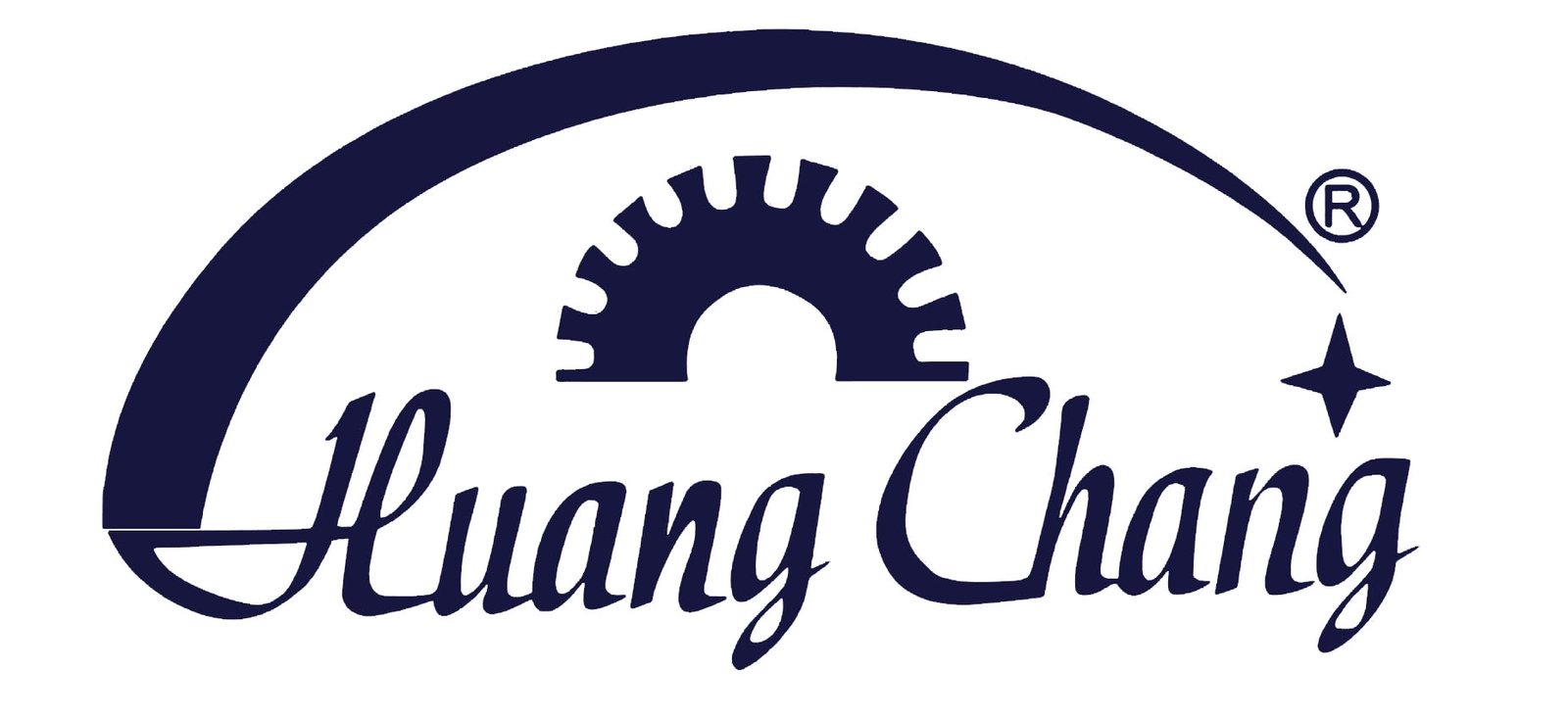Selecting the ideal diamond blade for cutting quartz in 2025 involves understanding both traditional factors and emerging innovations. Here’s a structured approach to ensure optimal performance and safety:
1. Identify the Quartz Type
- Natural Quartz: Hard and abrasive, requiring blades with durable diamonds.
- Engineered Quartz (Composite): Contains resin and quartz; opt for blades designed for engineered stone to handle both materials effectively.
2. Choose the Blade Type
- Segmented Blades: Fast cuts but may chip edges; suitable for rough cuts.
- Continuous Rim Blades: Smooth, chip-free cuts ideal for precision work.
- Turbo Blades: Balance speed and smoothness, with serrated edges for cooling.
3. Bond Hardness
- Soft Bonds: Best for hard materials like quartz, as they shed worn diamonds to expose fresh ones.
- Hard Bonds: Used for softer materials; avoid unless cutting composite quartz with resin.
4. Diamond Quality and Concentration
- High-Quality Diamonds: Synthetic or premium-grade diamonds enhance longevity and efficiency.
- Concentration: Higher concentrations offer durability, while lower ones may increase speed.
5. Wet vs. Dry Cutting
- Wet Cutting: Reduces heat and dust, prolonging blade life. Preferred for large projects.
- Dry Cutting: Use blades labeled for dry use, with intermittent cutting to prevent overheating.
6. Blade Specifications
- Size & Arbor Compatibility: Match blade diameter and arbor size to your saw’s specifications.
- Thickness: Thinner blades for precision; thicker for durability.
7. Manufacturer Recommendations
- Select blades marketed for quartz/engineered stone. Check for 2025-specific models and certifications (e.g., ISO standards).
8. Safety and Performance
- RPM Rating: Ensure the blade’s max RPM aligns with your saw.
- Cooling Features: Look for blades with laser-welded segments or heat-dissipating designs.
9. Cost vs. Longevity
- Invest in high-end blades for frequent use; consider cost-effective options for small projects.
10. 2025 Innovations
- Advanced Materials: Nanotechnology-enhanced diamonds or hybrid bonds for faster, cooler cuts.
- Smart Blades: Sensors for wear monitoring and eco-friendly options with reduced water usage.
- Sustainability: Blades designed for recyclability or lower energy consumption.
Pro Tips
- Test Blades: If possible, trial blades on scrap quartz.
- Consult Reviews: Seek 2025 user feedback and professional recommendations.
- Maintenance: Clean blades regularly and store properly to extend lifespan.
By integrating these factors, you’ll ensure efficient, safe, and precise quartz cutting tailored to 2025 advancements. Always prioritize manufacturer guidelines and stay updated on emerging technologies.



